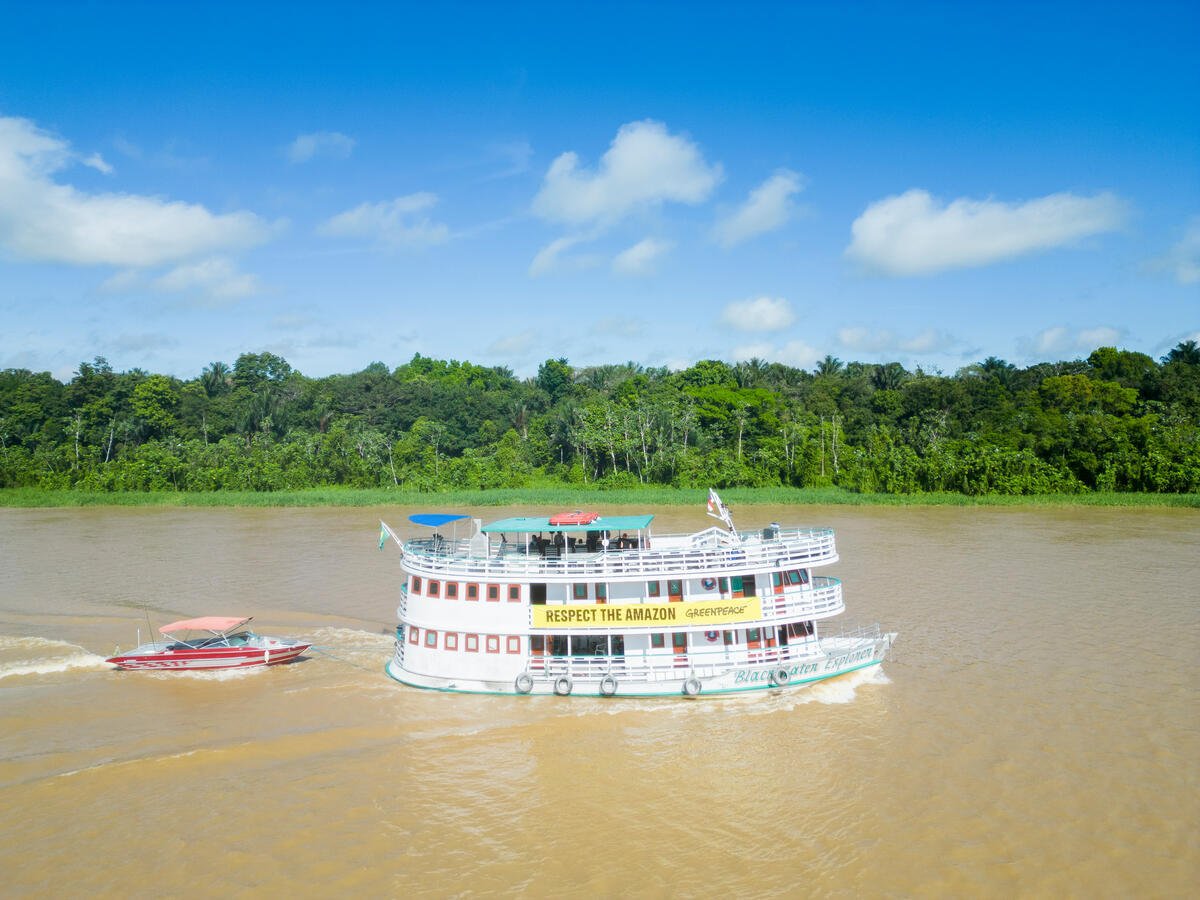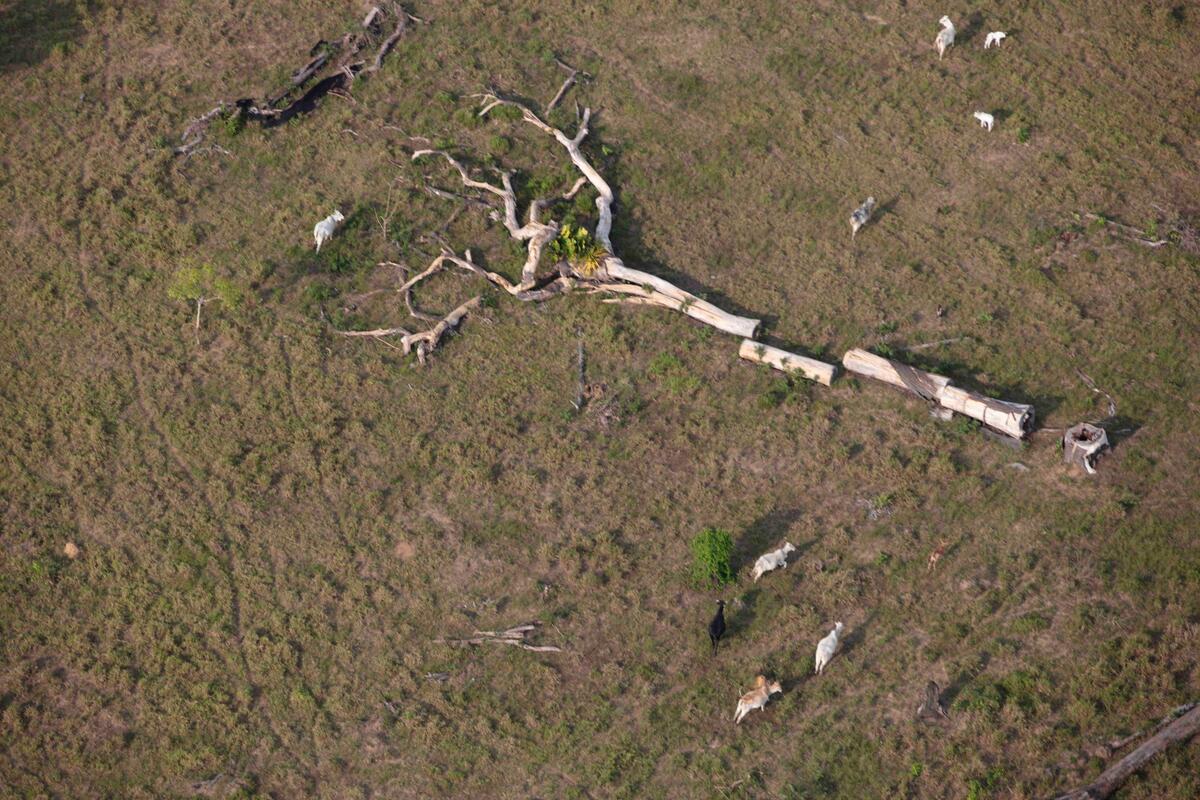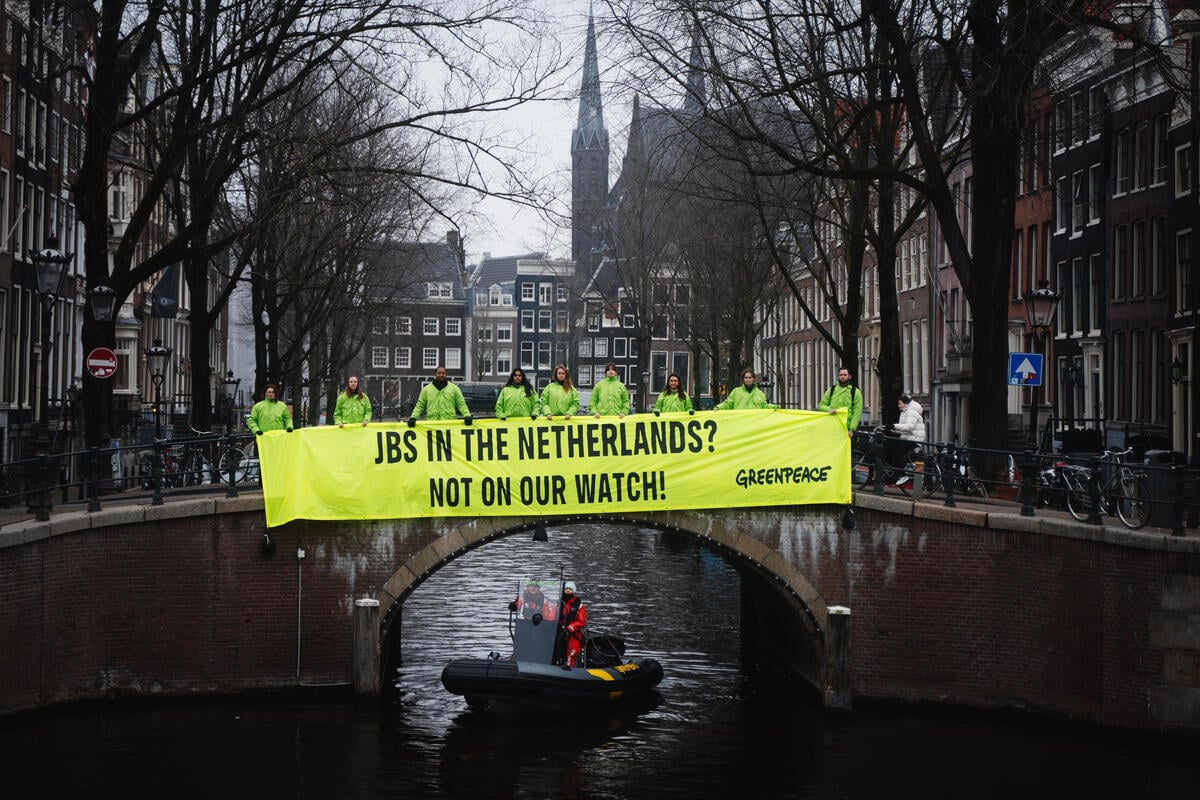Like most people living in Indonesia, Greenpeace photographer Jurnasyanto Sukarno is used to the toxic smoke of the annual haze season, in which forests and peatlands are cleared and drained to make way for new palm oil plantations. But when he went to document an “oxygen house” at the heart of the country’s current forest fires crisis, it became too much for him. This is his story:
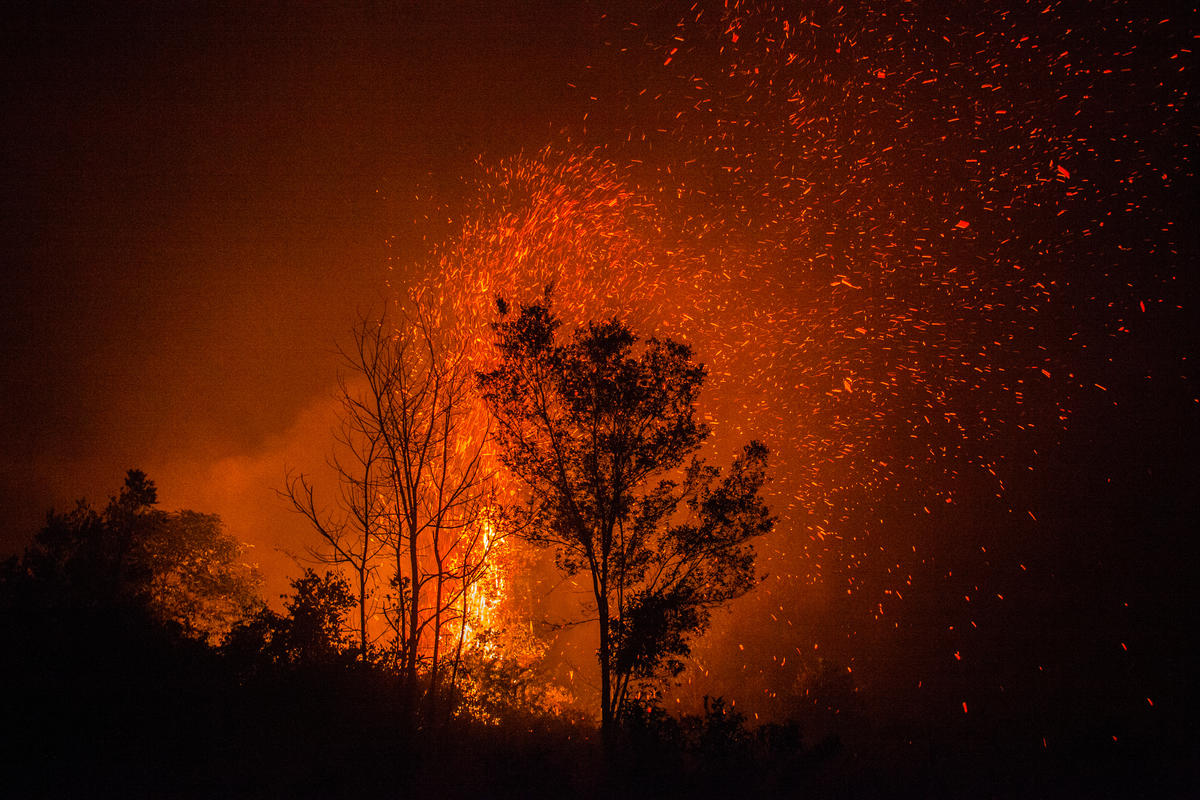
My watch says nine in the morning, and I’m riding on the back of a motorcycle taxi heading to Doris Sylvanus General Hospital in the city of Palangkaraya, Central Kalimantan, Indonesia. The air is thick with smoke due to the many wildfires burning in the forest areas nearby. I know because I was out last night capturing the flames.
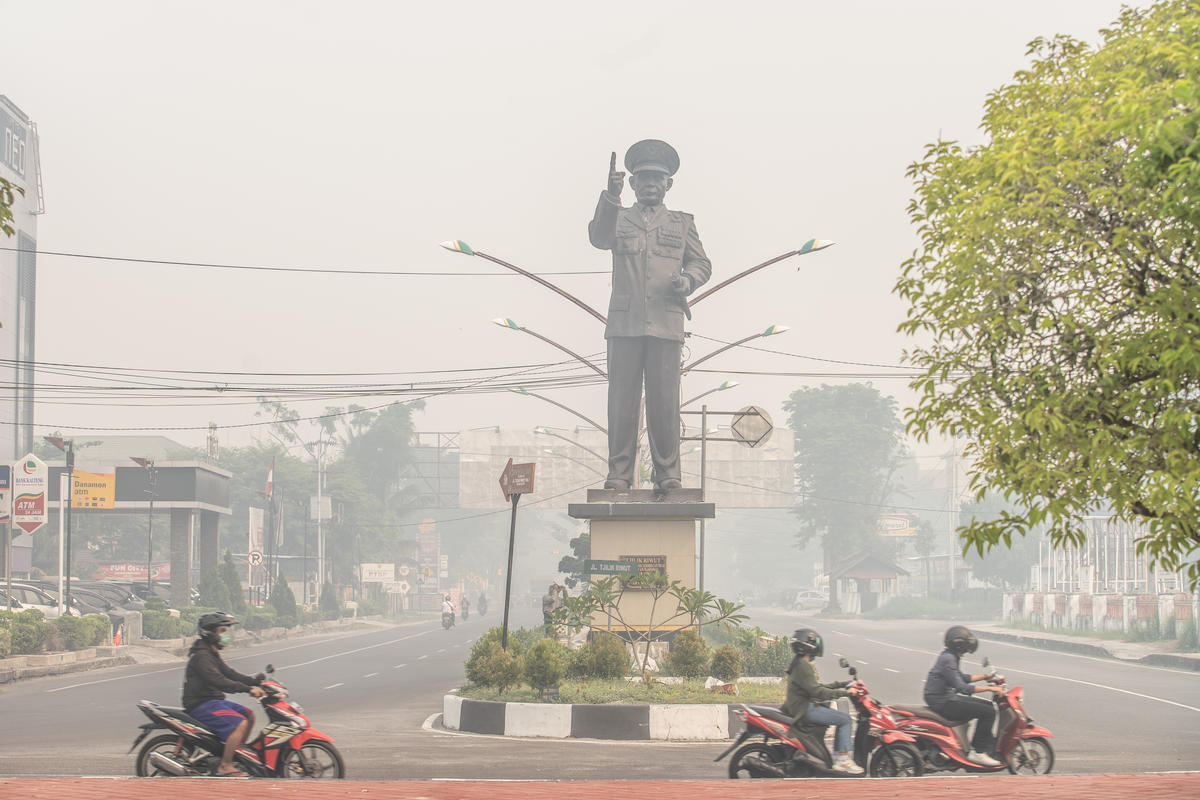
When I arrive at the hospital, I head to the “Oxygen House” – a building that has been designated for those who are suffering from breathing difficulties as a result of the smoke and fires and are in desperate need of clean air. The morning is relatively quiet, but according to the nurse on duty, most patients won’t arrive until after lunch or working hours.
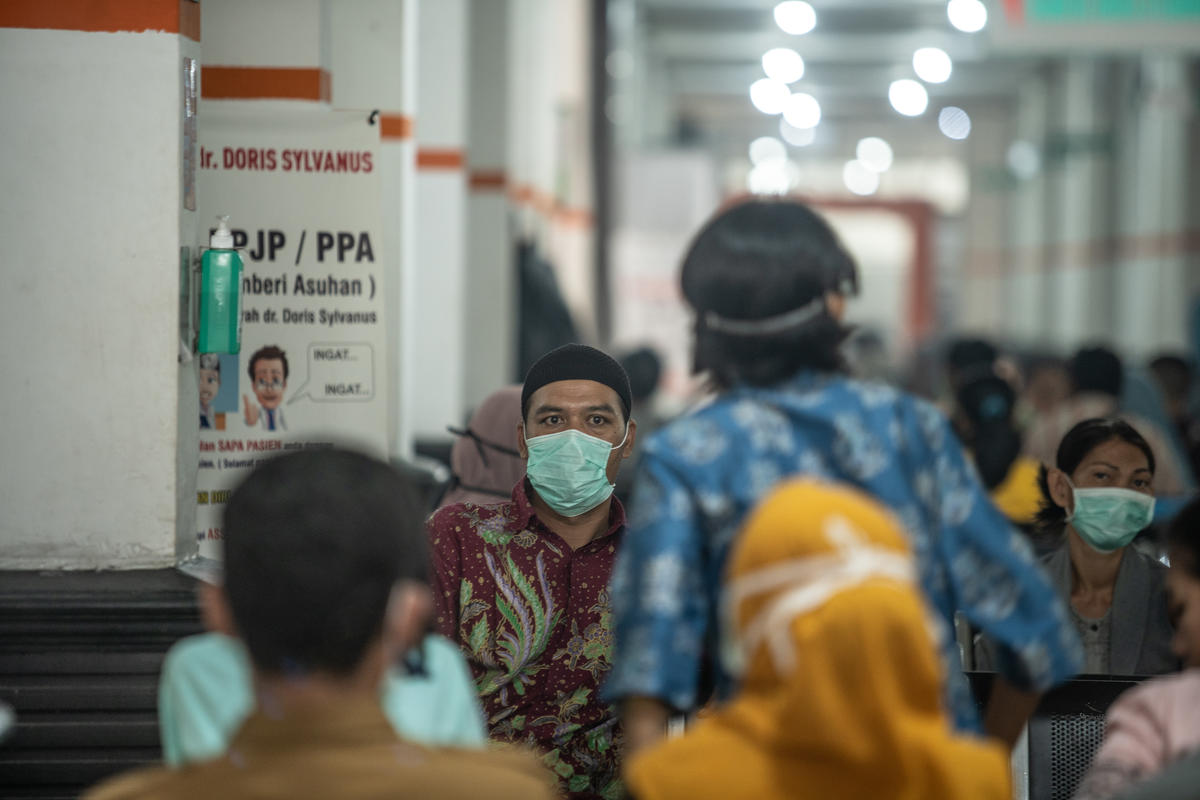
After waiting for about an hour, a husband and wife suddenly appear along with their daughter and baby boy. The mother looks very worried and anxious, cradling her precious baby boy in her arms. The nurse soon spots them and leads them straight to a special oxygen room for children and infants. The father is taken to a separate room for adults to receive oxygen.
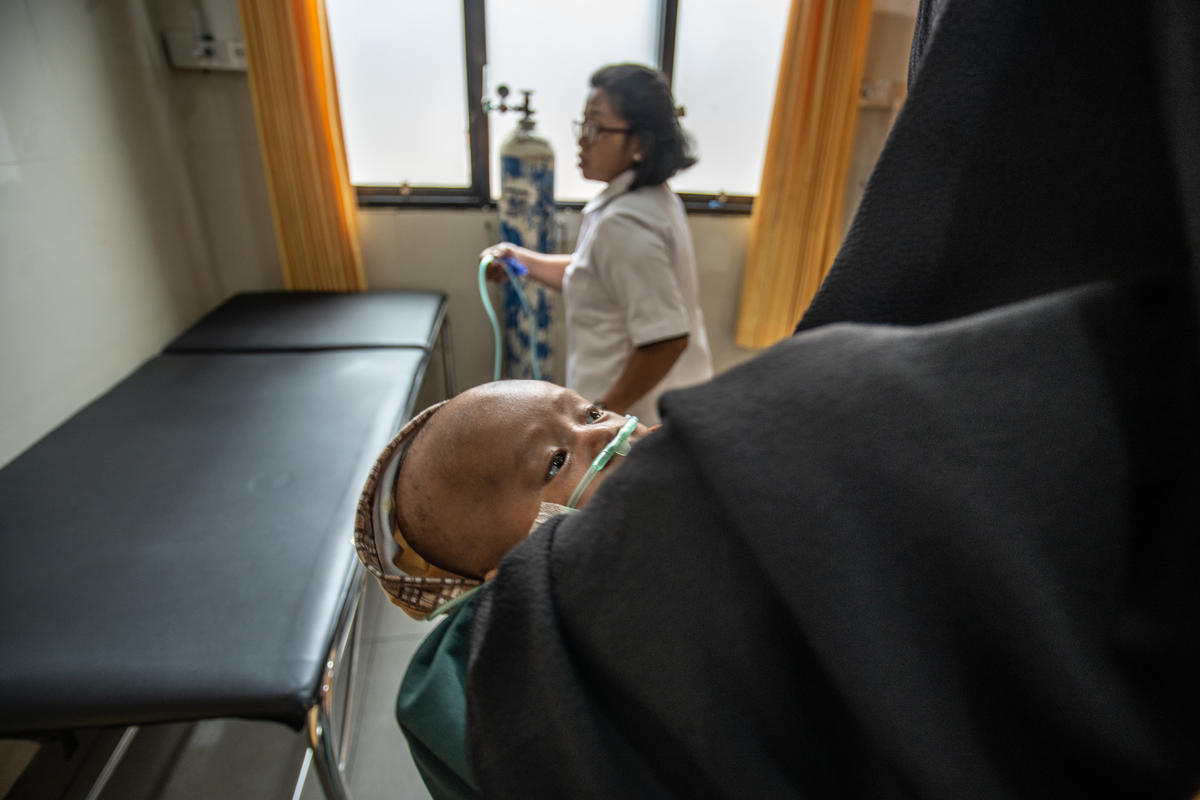
I’m allowed to join the mother and her baby. Her young child is called Rafa, and he is only 50 days old. His mother tells me that their house was engulfed by thick, toxic smoke from nearby land fires overnight, and baby Rafa’s tiny lungs had been unable to cope.
Clearly traumatised, disoriented, and unhappy the small infant has to endure a small pipe inserted into his nose so he can receive a vital supply of oxygen. But there is a problem. Despite all the nurse’s efforts, it seems something is wrong and he isn’t taking in the oxygen. He needs to be rushed to the emergency room.
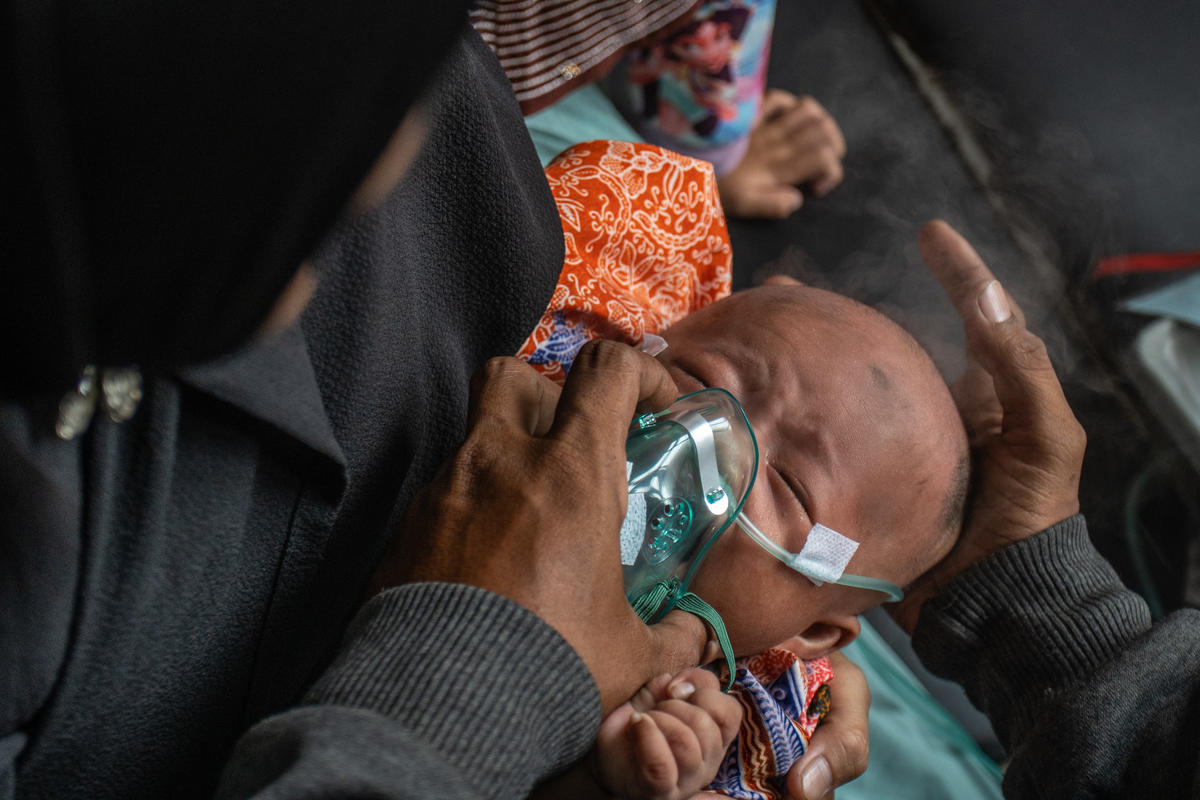
In the emergency room, the situation is tense as Rafa begins to cry loudly and uncontrollably as a steam mask is placed over his nose and mouth to help clear the nasal cavity. It’s a difficult scene to watch. After 15 minutes of steam treatment, Rafa’s eyes start to close as he rests on his mother’s lap – quiet and more relaxed, but with an oxygen tube protruding from his nose.
When Rafa eventually falls asleep I step away from the family, and from beyond the medical curtain, I witness a wonderful moment as his five-year-old sister arrives and starts to kiss her little brother. This is when my own emotions take over. I begin to feel my eyes well up and think of my own daughters who are around the same age, safe and far away from here. I imagine how I would feel if it was me and my family sitting in this emergency room. What if it were my young children who were suffering from the flames and smoke?
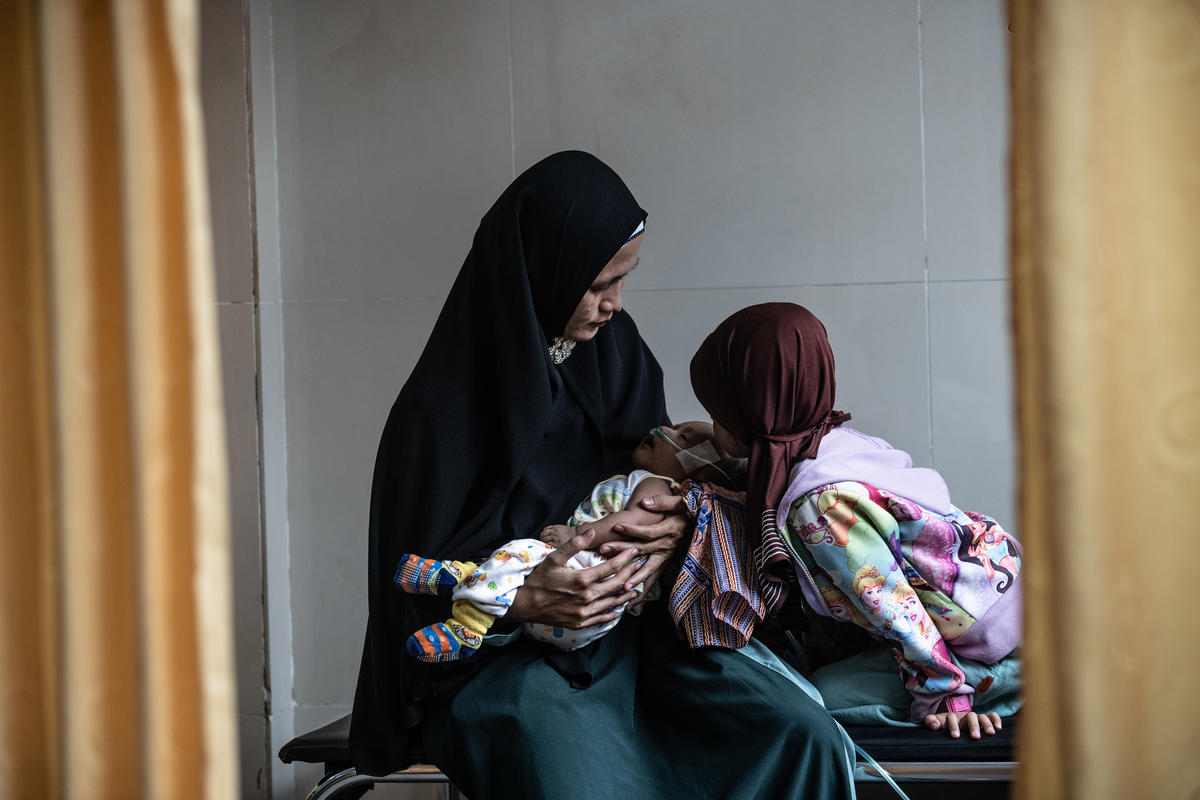
I have witnessed first-hand how desperate families and communities have been trying to deal with these fires and more shockingly, how they are left scrambling to find the masks and protection they need for themselves and their children. The current fires crisis is the worst since the catastrophic season of 2015, and the Indonesian government has not yet revoked a single palm oil licence due to the situation or handed out serious civil or administrative sanctions to the palm oil companies with the greatest burned areas.
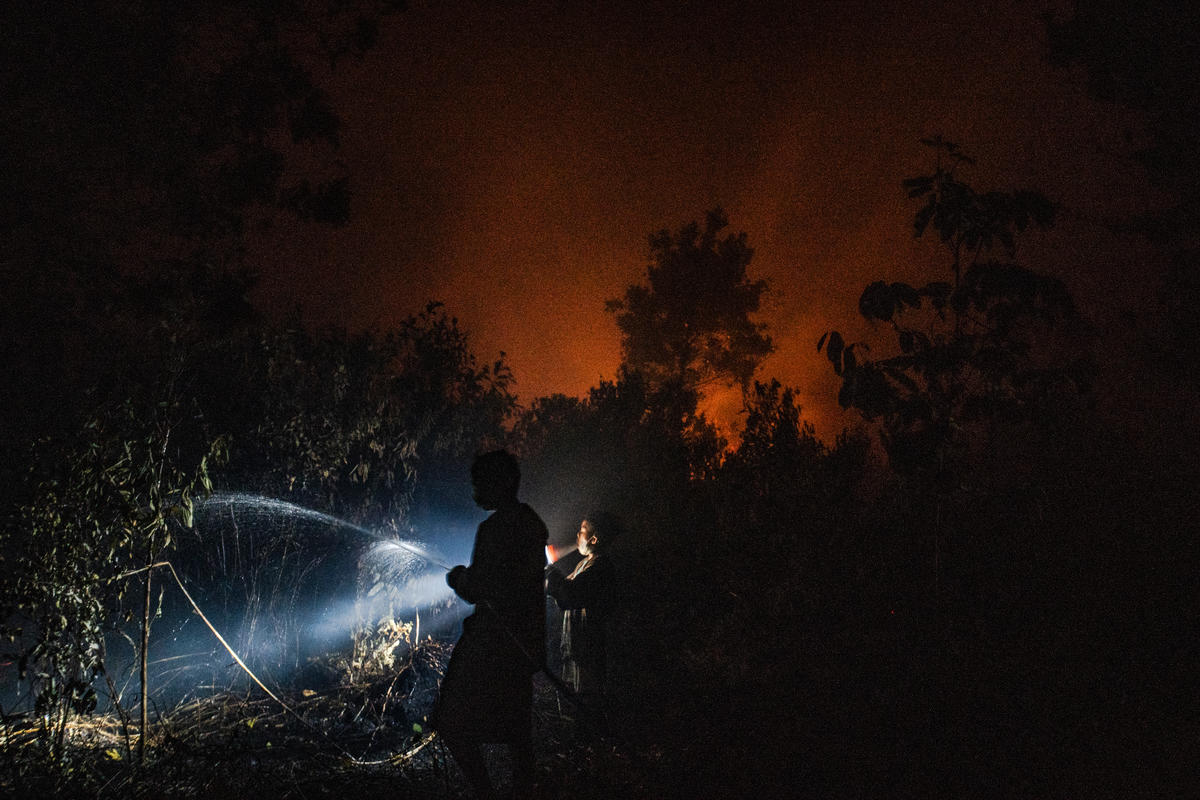
Young children like Rafa and his sister, have no way to protect themselves, and to make matters worse there is a scarcity of masks specifically for children and babies. They are among thousands of other young children who are growing up as victims of these fires and the smoke and pollution that is pumped into the air around their homes.
All they can do is wait for it to get worse, for the skies to darken and fill with smoke, and every time it happens they have to repeat this desperate journey back to the hospital in search of clean air and more oxygen.
Jurnasyanto Sukarno is the Photo Editor at Greenpeace Southeast Asia, Indonesia

